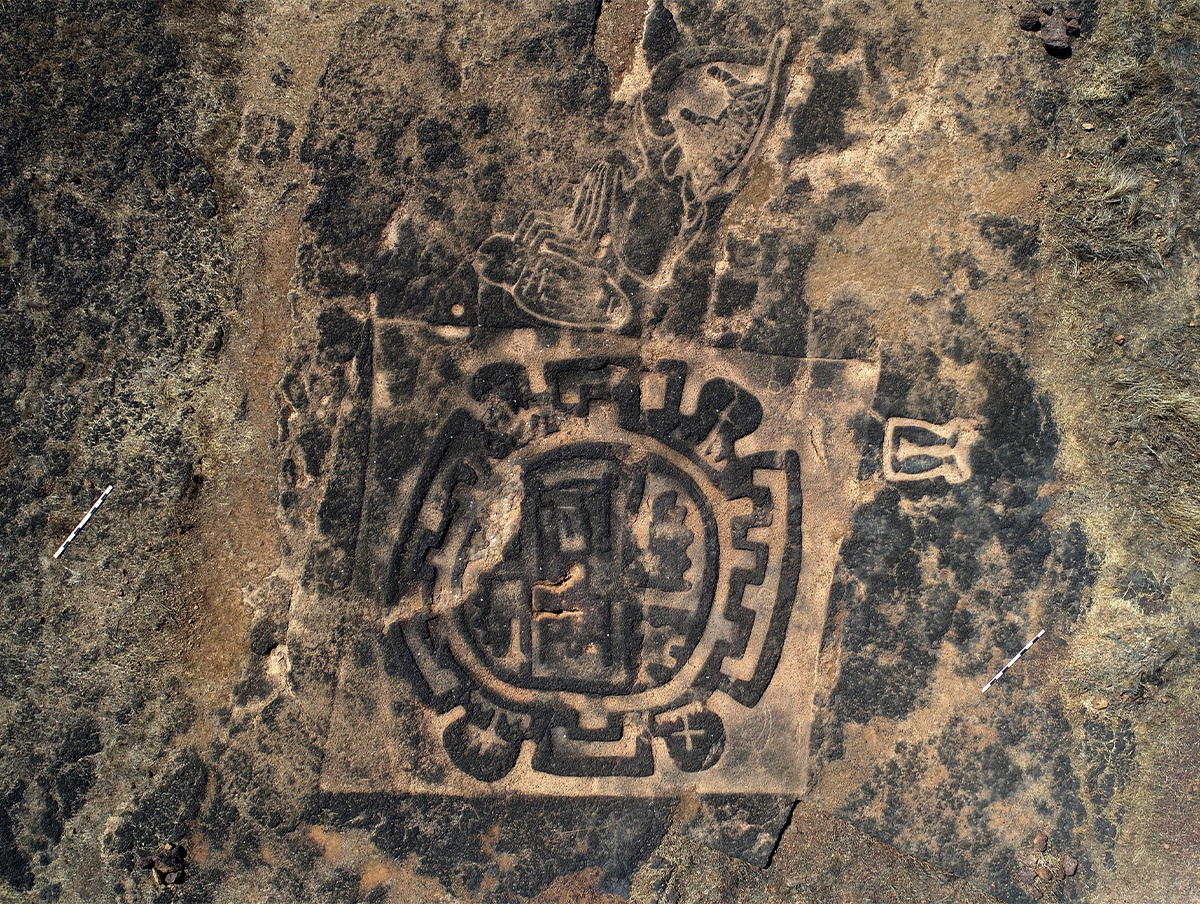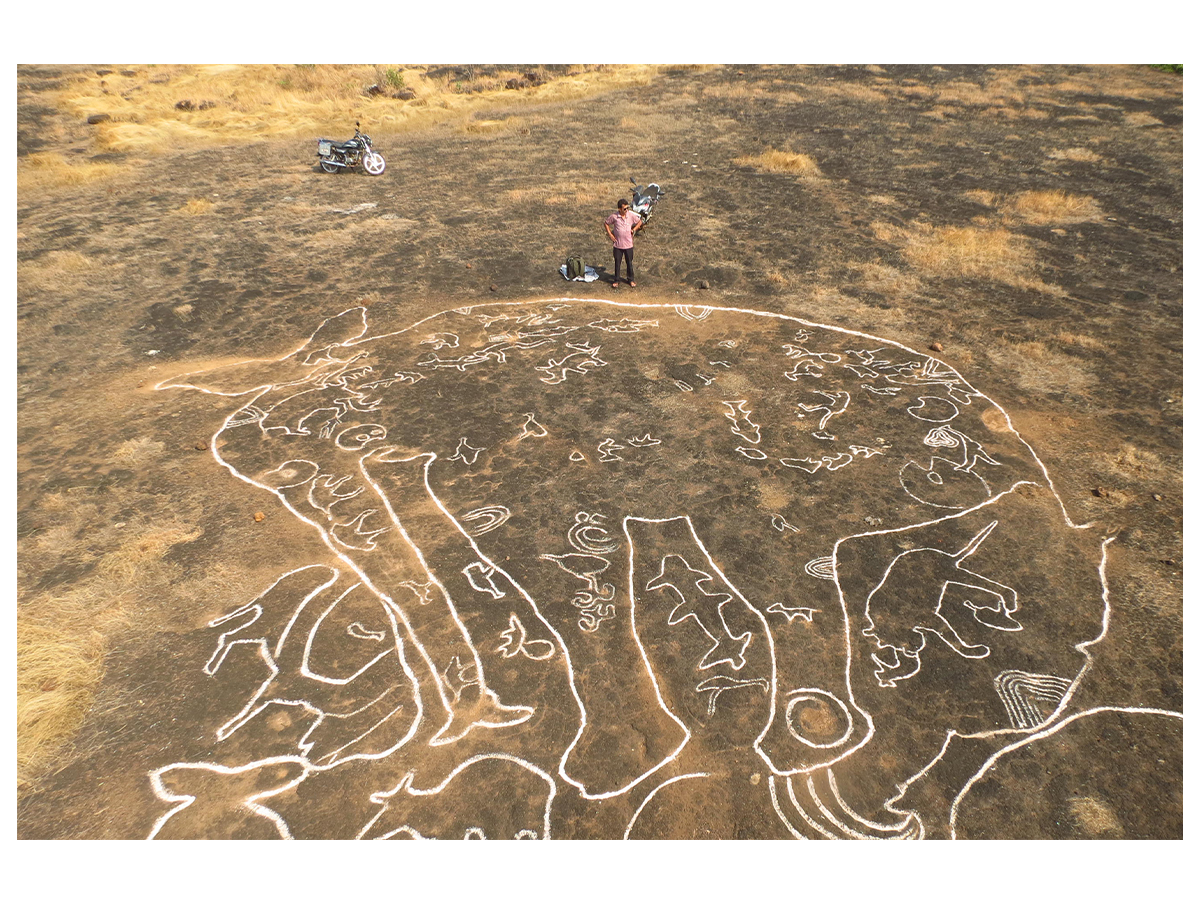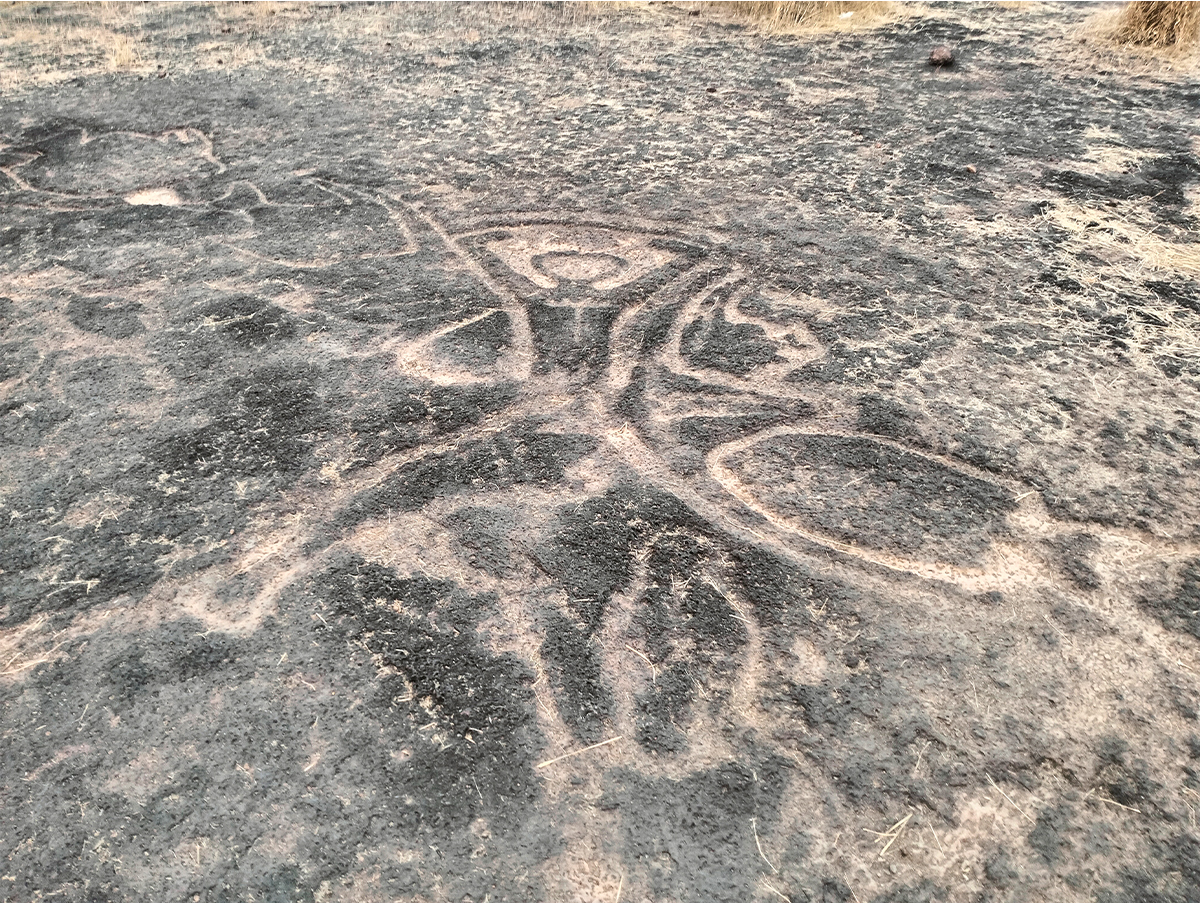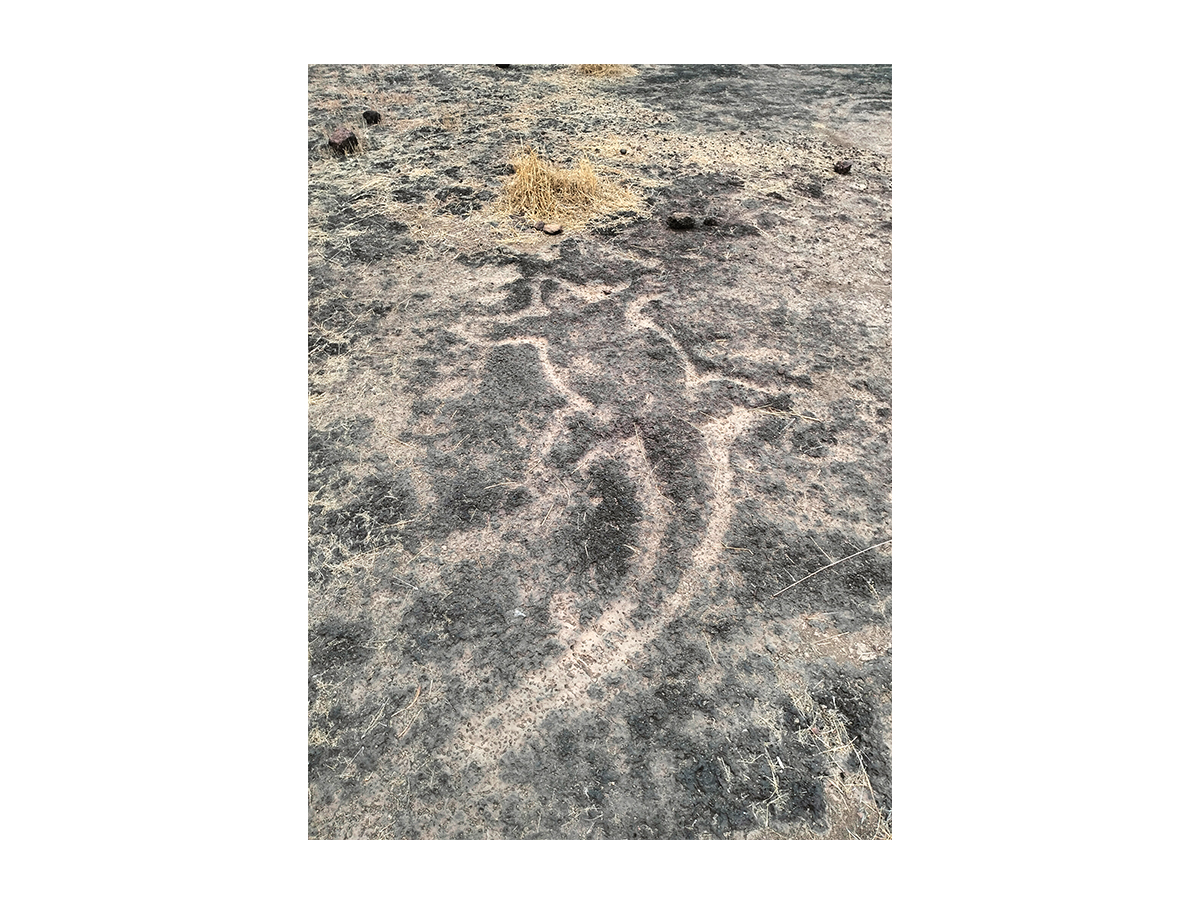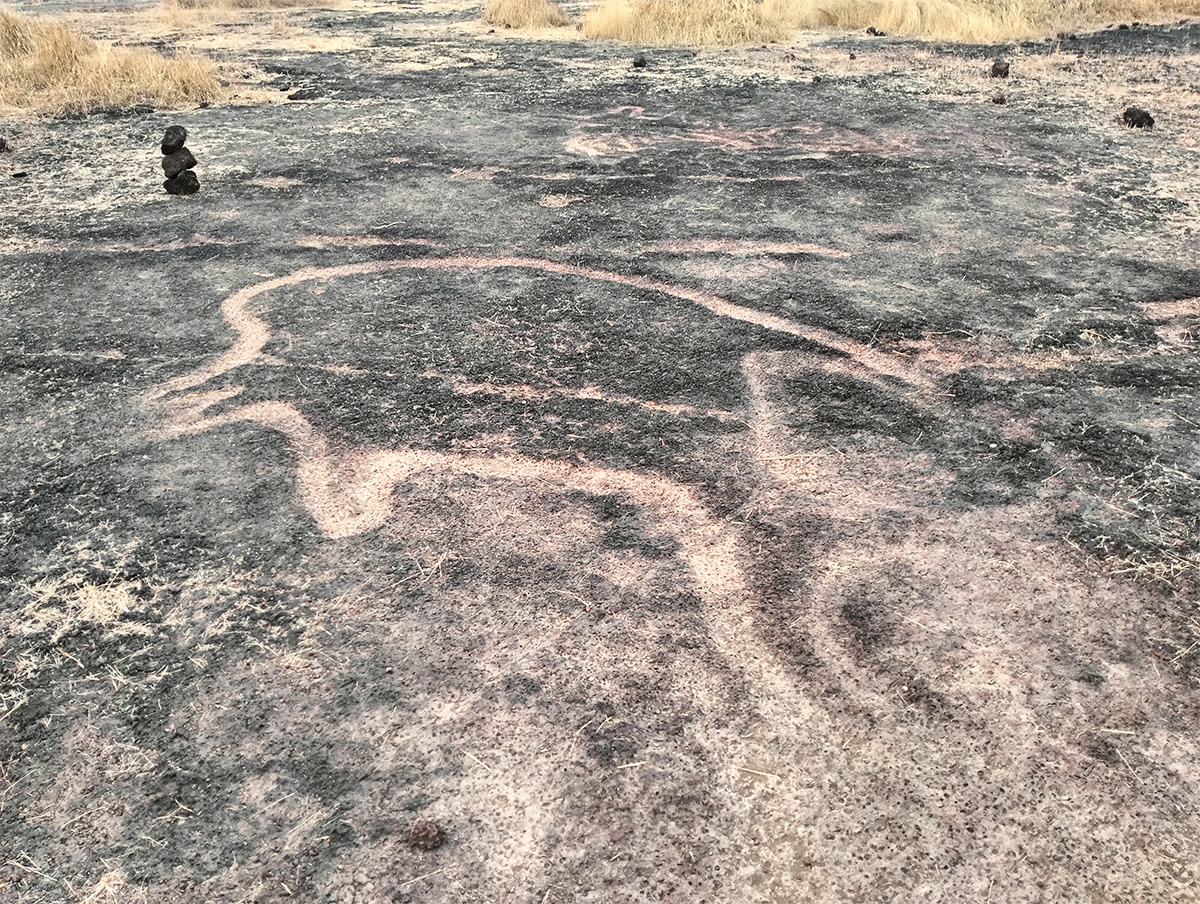Petroglyphs Are Made in Western and Southern India
10000–1000 BCE
Neolithic art in the form of petroglyphs (rock carvings) is made in the coastal Konkan region of present-day Maharashtra, southwestern India, broadly between 10,000 BCE and 3000 BCE. Concentrated mostly in the present-day districts of Ratnagiri and Rajapur, these depict geometric patterns and basic human and animal forms, including large depictions of elephants, hippopotamuses and rhinoceroses. From roughly 3000 BCE to 1000 BCE petroglyphs are made further inland, in sites such as Kupgal, Maski and Piklihal in present-day northern Karnataka. These are, most frequently, images of the zebu or humped cattle (Bos taurus indicus); in Kupgal, the petroglyphs also depict anthropomorphic figures in sexual intercourse.
Bibliography
Allchin, Raymond, and Bridget Allchin. “Rock Art Of North Karnataka.” Bulletin of the Deccan College Research Institute 54/55 (1994): 313–39. http://www.jstor.org/stable/42930478.
Boivin, Nicole. “Rock art and rock music: Petroglyphs of the south Indian Neolithic.” Antiquity 78, no. 299 (March 2004): 38–53. https://doi.org/10.1017/S0003598X00092917
Sriram, Jayant. “The Petroglyphs of Ratnagiri.” Hindu, October 20, 2018. Accessed June 13, 2024. https://www.thehindu.com/news/national/other-states/the-petroglyphs-of-ratnagiri/article25265399.ece
Feedback 
This entry appears in
Art in South Asia
Visit Timeline
First Published: August 5, 2024
Last Updated: August 9, 2024



